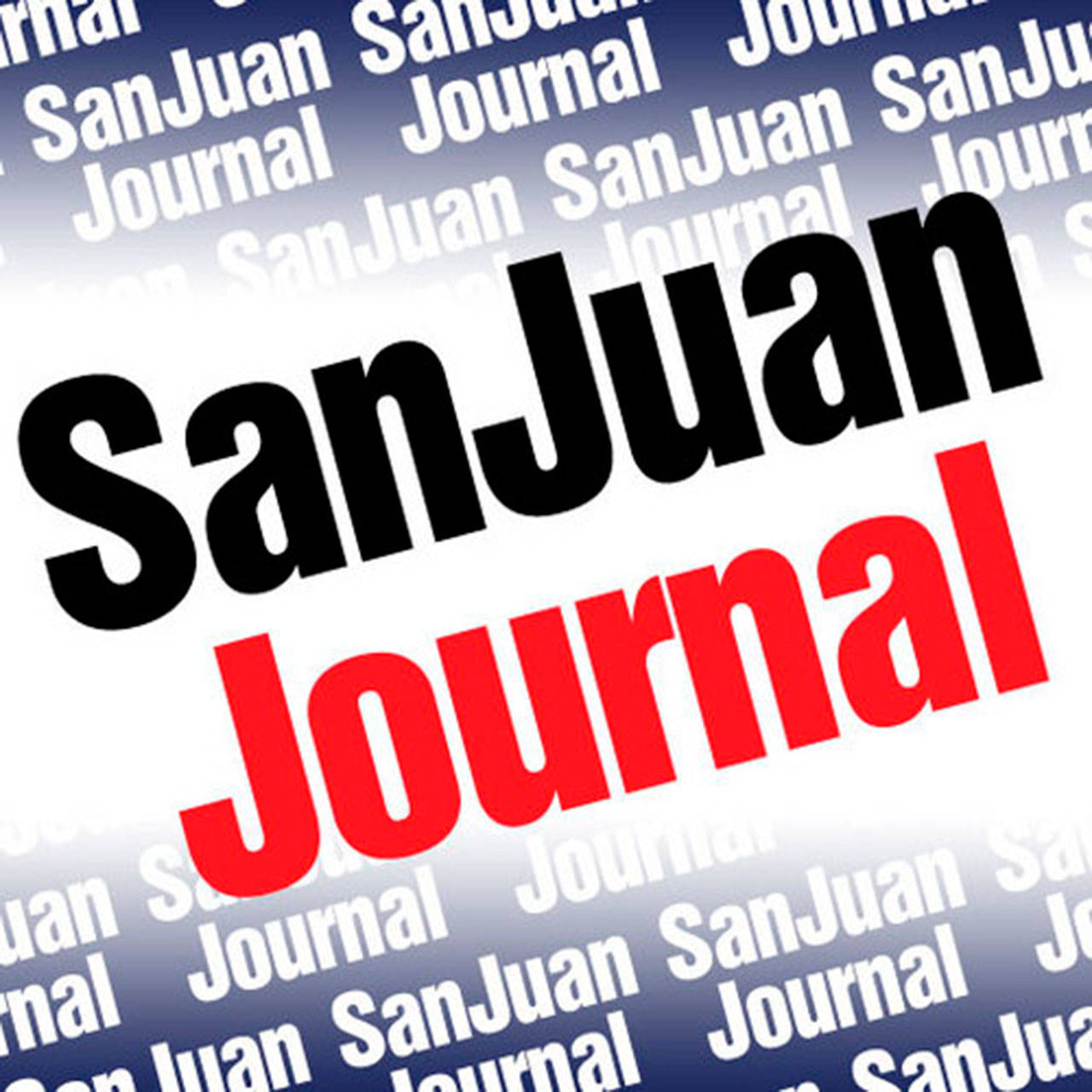Readers have raised the question: what is the difference between a correction and an update?
At the Journal of the San Juan Islands, we want every story to be as accurate and fair as possible, but churning out copy under a weekly deadline creates an environment where errors can occur. It’s the nature of the business.
When such mishaps are found, we immediately write a correction at the top of the online story. It appears in the following format: Editor’s note: An earlier version of this story incorrectly stated …. and so forth.
The invention of the internet and then the birth of rapid-fire news found online has made correcting errors a process that can take minutes rather than waiting a week for the print paper to be delivered. Although we live in a fast-paced world where “corrections” can be made instantly, we still include a note online to uphold values of transparency. And we still publish correction boxes on page five in the print edition when errors are made in print.
We also often update online stories when new information comes down the line. This does not mean that there was a factual error in the story, but rather we are providing timely coverage of an ongoing issue. For instance, when a deceased woman was found on Shaw Island on April 5, the San Juan County Sheriff’s Office wanted to spread the word about their search for her husband. Over a span of two weeks, the story progressed when the sheriff released the suspect’s photo and then shared the news that the husband was in custody after a standoff in Marblemount. Each time news came in, we updated the story to inform the public about events as they unfolded.
We hope this editorial answers some of your questions about how we handle news reporting in an ever-changing media world.
If you have a correction to any of our online or print articles, please email editor@sanjuanjournal.com.



